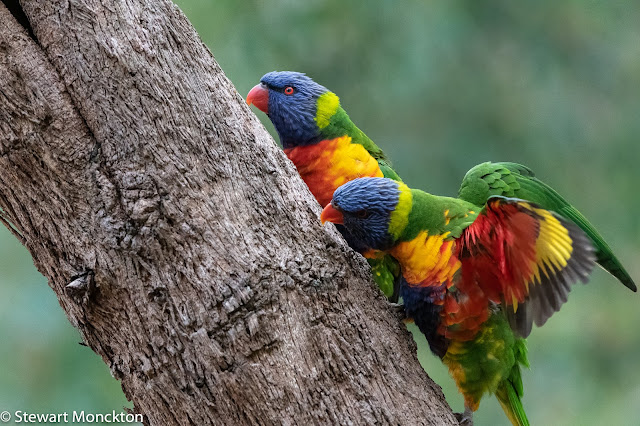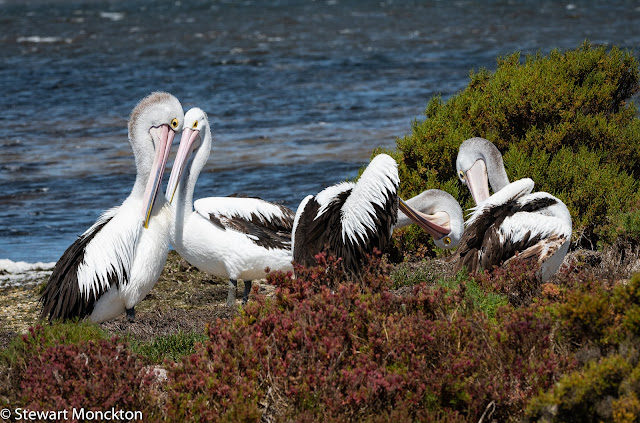Well, I finally managed to get away for a walk and some birding. Its been far too long! And even if the weather was shocking at times over the weekend it was just so great to get away. I hope this may finally be the sign that I can get back to some form of normal.
I spend more than a few hours in a public bird hide near the coastal village of Toora, which is in East Gippsland, about three hours east of Melbourne. Friday was more or less a wash out, but Sunday was a much better day, and I managed to get some images of birds I have not photographed before, as well as showing these species to some birders who had never seen them.
These photographs are of Eastern Curlews (Numenius madagascariensis), the worlds largest shore bird. They are justifiably famous for their 'improbably long, strongly down-curved bill' - which you can see clearly in these pictures. Both sexes have long bills, but the male bill really is very long! These birds are also famous for being very cautious, and even though I was in a hide the birds never really came that close. Long, long lenses and cropping are the order of the day for this species.
Eastern Curlews breed in Siberia and Manchuria, but most (75%+) spend the southern summer in Australia. There are probably less than 50,000 of these birds left in the wild, so having more that 20 in front of the hide was a great thing to see. Like many other shore birds this species is threatened because of habitat loss, most especially in China's Yellow sea.
As ever, to join in with WBW just click on the Blue Button below.
Hope everyone who reads this is also coming out of the the C19 blues - and I hope to be in touch (via blogs) soon. SM

























































